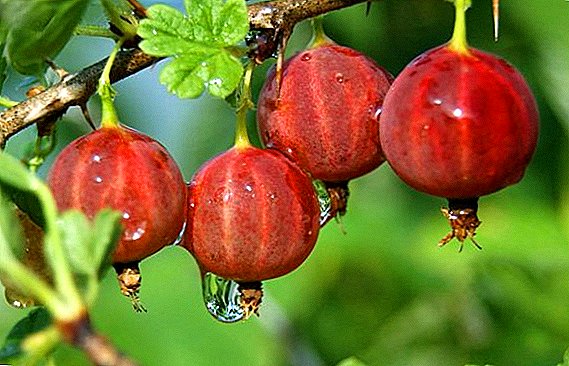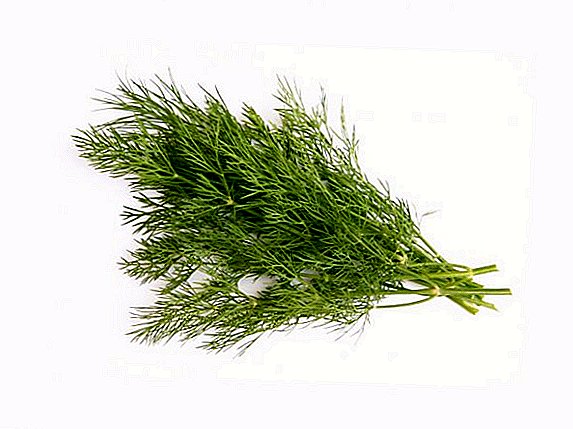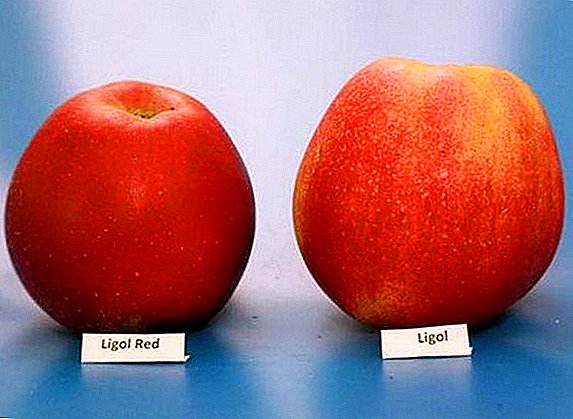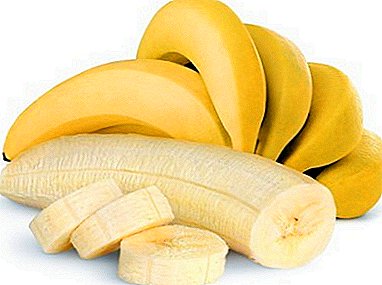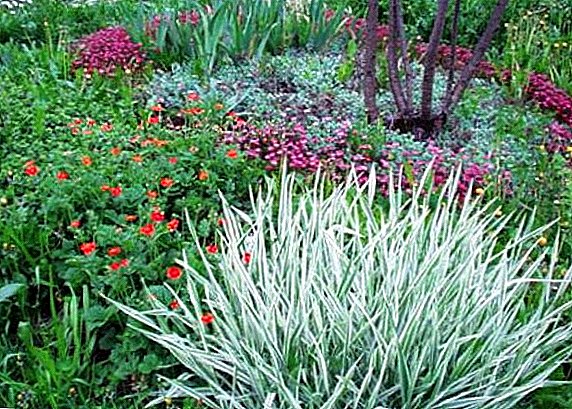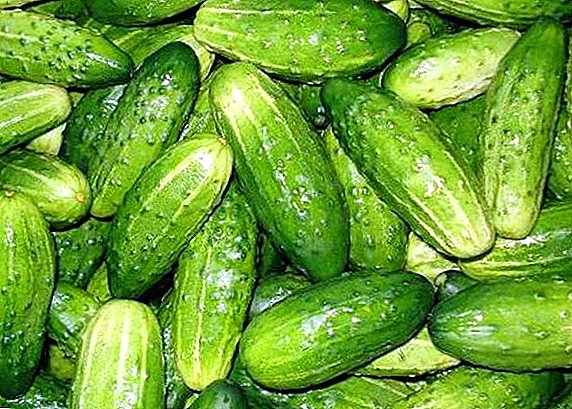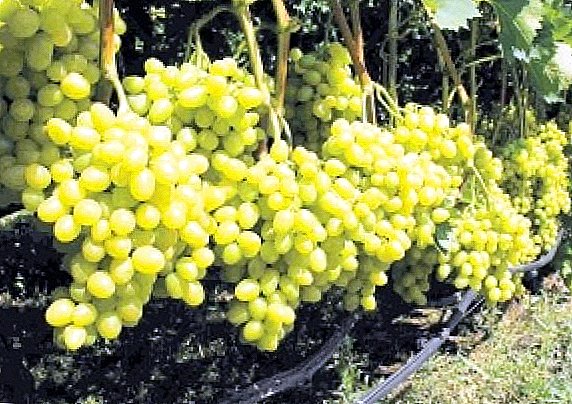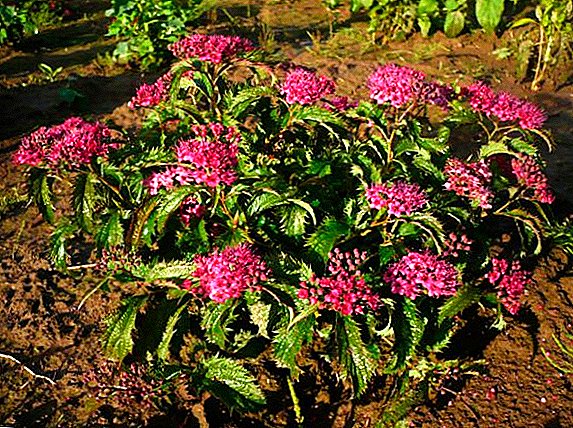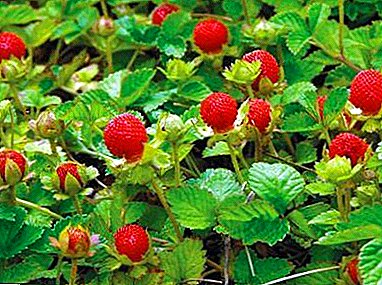
Perhaps, choosing seeds for your garden plot, you paid attention to the bags of seeds that have a very interesting and unusual name - Ducheney Tutti Frutti Indian, but the stingy description on the bag did not interest you and you passed this wonderful plant.
And in vain!
Something about an amazing plant.
Our beauty comes from Southeast Asia, living in Europe with 1804 year and has a great success due to its incredible unpretentious and attractive appearance.
It is simply irreplaceable in landscape design and park art.
 The fact is that it can be grown as ground cover and ampel culture.
The fact is that it can be grown as ground cover and ampel culture.
The ability to twist the support makes it possible to arrange not only hedges, but also intricate structures of various kinds.
Simplifies the work of designers and the fact that the plant is perennial.
It does not have to constantly sit down - just rejuvenate trim.
Dusheney settled down not only in parks and squares, it often adorns home interiors, verandas, loggias and balconies.
Such a universal plant Duchene Tutti Frutti Indian.
Appearance
Dushenay is called Indian or false strawberry for its resemblance to this culture.
The leaf is very similar to strawberry in shape and color.
Like strawberries, he releases creeping shoots with rosettes of young plants up to one and a half meters.
The flowers are similar in structure to strawberry, most often yellow in color, but there are varieties of dusheney and with white flowers.
Bright red berries are like strawberries, you can eat them, but they do not have a bright taste.
The plant is remontant, blossoms and bears fruit during the whole vegetative period in the open ground and constantly at home.
You can visually get acquainted with Duchenei Indian Tutti Frutti in the photo below:



Home care
Care after purchase
Due to its unpretentiousness, the Duchenaeus perfectly adapts to the new conditions. Plants for sale actively stimulate for abundant and bright flowering, thereby depleting its strength.
It will take some time to recover, during this period the usual care is enough. If the plant looks weak, shorten the shoots and feed a little complex mineral fertilizer for indoor plants.
Pruning
Dushenyu is most often grown at home as an ampel culture, in this form it will decorate any interior. She is not difficult to give any shape, trimming activates the growth of the bush.
REFERENCE!Anti-aging pruning can be done as needed at any time of the year, but better at the end February, March. It is also necessary to timely cut dried leaves and ripe, darkened fruits.
Watering and feeding
 Dushenay Tutti Frutti - a unique plant.
Dushenay Tutti Frutti - a unique plant.
It feels great when watering as needed, slightly wet soil - the best option.
But the drought and the plant is not so easy to destroy, podvyanuvshiy bush quickly comes to normal after watering. In the event that the winter temperatures in your house are lower 18-20 degrees, watering reduce.
In frequent dressings, the plant does not need, complex mineral fertilizers can be applied in the spring, during the beginning of active growth.
Overfeeding will cause excessive growth of shoots and weaken flowering.
Landing
You got a young plant and you need to plant it? It is easy to do. Choose a suitable pot size, no matter what material it is made of, the main thing is that you like it, lay a little on the bottom drainage (broken red bricks or ceramic splinters of pots), fill it with potted plant primer, plant it, pour it heavily, cover it with a plastic bag to create a greenhouse effect.
In one pot, you can plant several plants for greater decoration. You can prepare the soil by yourself from 2 parts of leafy ground, 1 part of sod ground and 1 part of sand. Fertilizer is not necessary.
Transfer
Before transplanting, the plant should be limited to watering, the soil will dry out and easily shake out of the old pot, while the root system will hardly suffer.
Growing from seed
Consider how to grow from seeds Duchenei Indian: Dyusheni seeds remain viable 2-3 year, when you purchase you need to pay attention to the expiration date, it is surely listed on the bag with seeds.
Dyusheni seeds remain viable 2-3 year, when you purchase you need to pay attention to the expiration date, it is surely listed on the bag with seeds.
Sow seeds can be in boxes for seedlings. Shoots will appear in 1-6 weeks. To create a greenhouse effect, cover the box with glass or plastic wrap.
Sowing should be carried out in early spring, for the summer period you will receive full-fledged young plants. Duchenei reproduces perfectly by self-sowing.
Vegetative reproduction
On the shoots of the mother plant, and their length reaches 1,5 meter, growing a large number of young plants with a rosette of leaves and embryo roots. Hardly touching the ground, they release the roots - planting material without the hassle. You can propagate the plant by dividing the bush during transplantation.
Temperature and lighting
REFERENCE! Ducheneus amazes with its stamina, easy to carry low and high temperatures, grows with shading and bright light.
It can be settled in any room of your home, but it should be borne in mind that it can bloom and bear fruit only in good light and at a temperature not lower than 25-28 degrees, for the development of elegant green enough 18-22 degrees of heat and a modest amount of light.
Diseases and pests
IMPORTANT! Disease indian disease is not noted.
The main pests are snails and slugs, they eat plants in gardens and parks, indoor plants, they are not terrible. May appear spider miteIt is easy to detect and destroy with an insecticide for houseplants.
Benefit and harm
Plant not poisonous. Having multiplied in the wild state, it does not turn into a malicious weed. The main benefit of this wonderful plant is in its decoration.
Outdoor cultivation
 The plant easily tolerates lower temperatures. up to 5 degrees heat, but with the onset of cold weather it must be covered.
The plant easily tolerates lower temperatures. up to 5 degrees heat, but with the onset of cold weather it must be covered.
In the spring, the shelter is removed, the frozen and dead parts of the stems are cut, the plant quickly takes a decorative look. Frequent transplants are not needed to the plant, it is enough to make rejuvenation using the pruning method.
Duchenei Tutti Frutti is not yet well known among flower growers, but very soon she will get a well-deserved popularity. Let us not let us cook Indian strawberry jam, it will delight its lovers as much as garden strawberries.



